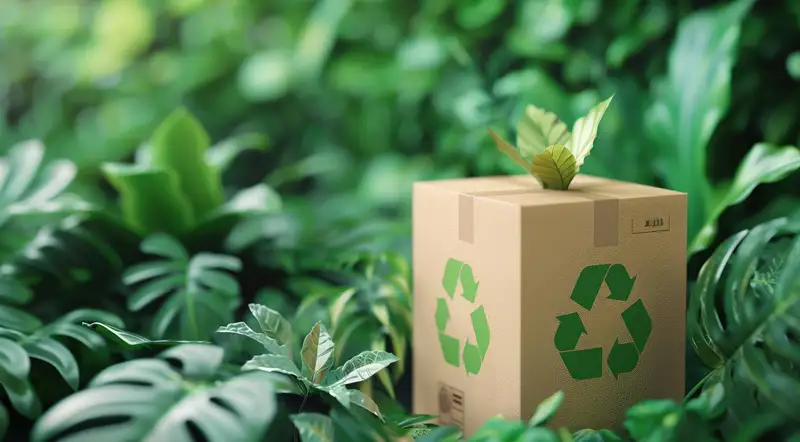
Eco-Friendly Packaging Trends for US E-Commerce Businesses
Eco-friendly packaging is reshaping US e-commerce in 2025. Customers expect sustainable practices, recyclable materials, and less plastic in their deliveries. For retailers, embracing these changes not only improves brand reputation but also creates operational efficiencies.
This article highlights the top trends in eco-friendly packaging, compares traditional vs sustainable approaches, and shows how Willow Commerce Integrations help businesses adapt to green logistics.
1. Recycled & Biodegradable Materials
- Trend: Use of rPET, recycled cardboard, compostable mailers.
- Why it matters: Lowers carbon footprint, meets customer expectations.
- Example: Many US brands are moving from plastic poly mailers to compostable cornstarch-based bags.
2. Minimalist & Lightweight Packaging
- Trend: Simple, material-efficient packaging.
- Why it matters: Reduces shipping costs and environmental impact.
- Integration link: With Amazon Integration, retailers can ensure packaging meets both Amazon standards and eco requirements.
3. Recyclable Packaging Becomes Standard
- Trend: Cardboard boxes, paper fillers, mono-material plastics.
- Why it matters: Over 75% of US consumers consider recyclability “very important.”
- Customer Impact: Easy disposal increases satisfaction and repeat purchases.
4. Plastic-Free Packaging Initiatives
- Trend: Brands are phasing out plastic entirely.
- Why it matters: Nearly 40% of shoppers avoid plastic-heavy packaging.
- Integration link: With Shopify Integration, retailers can automate packaging preferences for sustainable options.
5. Smart Packaging & Transparency
- Trend: QR codes for recycling info, AI-driven fulfillment systems for packaging optimization.
- Why it matters: Builds trust, empowers customers, reduces packaging waste.
- Integration link: Walmart Integration ensures compliance with big-box retailer sustainability rules.
Comparison Table: Traditional vs Eco-Friendly Packaging
| Feature | Traditional Packaging (Plastic/Excess) | Eco-Friendly Packaging (2025) |
|---|---|---|
| Material | Single-use plastic, virgin cardboard | Recycled paper, rPET, compostable mailers |
| Weight | Heavier, adds shipping costs | Lightweight, cost-saving |
| Recyclability | Low, often non-recyclable | High, designed for recycling |
| Consumer Perception | Negative, seen as wasteful | Positive, brand loyalty boost |
| Cost Trend | Short-term cheaper, long-term costly | Initially higher, but efficient over time |
| Compliance | At risk with new regulations | Meets emerging sustainability standards |
Popular Sustainable Packaging Options in 2025
| Packaging Type | Key Benefit | Best Use Case |
|---|---|---|
| Compostable Mailers | Breaks down naturally | Apparel, lightweight items |
| Recycled Cardboard Boxes | Widely recyclable, sturdy | Electronics, home goods |
| Paper Fillers | Recyclable, eco-friendly cushioning | Fragile items, glassware |
| Molded Pulp Packaging | Plastic-free alternative | Cosmetics, small electronics |
| Starch-Based Materials | Biodegradable and flexible | Food packaging, subscription boxes |
FAQs
It’s packaging made from recyclable, biodegradable, or reusable materials designed to minimize environmental impact.
Consumers demand eco-conscious brands, and regulations require recyclable or compostable options.
Plastic-free packaging combined with smart, trackable QR-coded solutions.
Yes—bulk purchasing and automated packaging workflows via Willow Commerce integrations reduce costs.
By connecting platforms (Amazon, Shopify, Walmart, etc.) and automating eco-friendly packaging rules.
Eco-friendly packaging is no longer optional—it’s the new standard in US e-commerce. From recycled materials to plastic-free mailers and smart QR packaging, sustainability drives customer trust and regulatory compliance.
With Willow Commerce Integrations, businesses can seamlessly align their packaging strategy with logistics workflows, reducing costs while meeting eco-conscious customer expectations.
» Start Your Free Trial